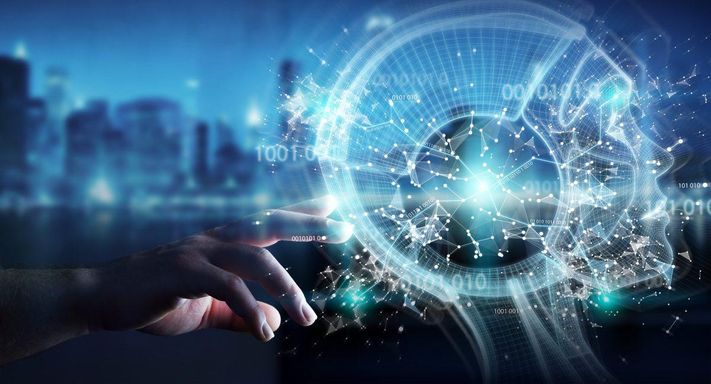Online classes have become mainstream, offered by the most prestigious brick-and-mortar universities, while laptops and tablets are standard equipment in many K-12 classrooms. Students can link up with classrooms around the world or even astronauts on the International Space Station, but how will tech continue to shape education in the years ahead? Most of the innovations discussed below are not just for kids or college students but can be used in corporate training programs and other learning environments as well.

Student Loans
Many college students use loans to fund their education, and the landscape has already changed significantly over the last decade as the number of online lenders has expanded. This has also streamlined the process of applying for private student loans in some cases. However, financial technology companies are increasingly moving into the world of student loans and are poised to make the application and repayment process even easier. A growing number of apps that make it simpler to apply and compare offers along with innovative repayment options, such as partnering with employers to help pay down student loan debt, are joining such innovations as algorithms that use nontraditional measures to determine creditworthiness.
Virtual or Augmented Reality
While earlier generations of students may have read about space or ocean environments or ancient history in a book or watched a video about these topics, virtual reality can offer a whole new level of immersion. In a more mundane but no less useful vein, VR can also be used to help block out distractions, and this may be particularly helpful for students who struggle with attention deficit disorder and similar conditions. On the other hand, with augmented reality, technology can overlay objects in real life. This might come in the form of labeling objects for identification or, in the case of one type of educational augmented reality app, shirts that show how the organs and other parts of the body work. Augmented reality could be useful in everything from language learning to identification of plants and animals to geography and more.
Personalized Instruction
Marketers and retailers have been using big data for several years to deliver a personalized shopping experience to customers, so why not do the same for students? Students would be able to move at their own pace through material. This type of instruction could be produced in collaboration with teachers, who often have a great deal of insight into their students but lack the time, resources and support to create a personalized lesson for every student. In fact, the best use of all technology in classrooms is collaborative with instructors rather than replacing them.
Artificial Intelligence
Chatbots and other forms of AI can be used to drill students on concepts that need frequent practice and review for memorization. They can also quiz students and quickly grade those quizzes, giving them an idea of their strengths and weaknesses with immediate feedback. If artificial intelligence can shoulder some of the burden of grading, this frees up teachers for more creative uses of their time.